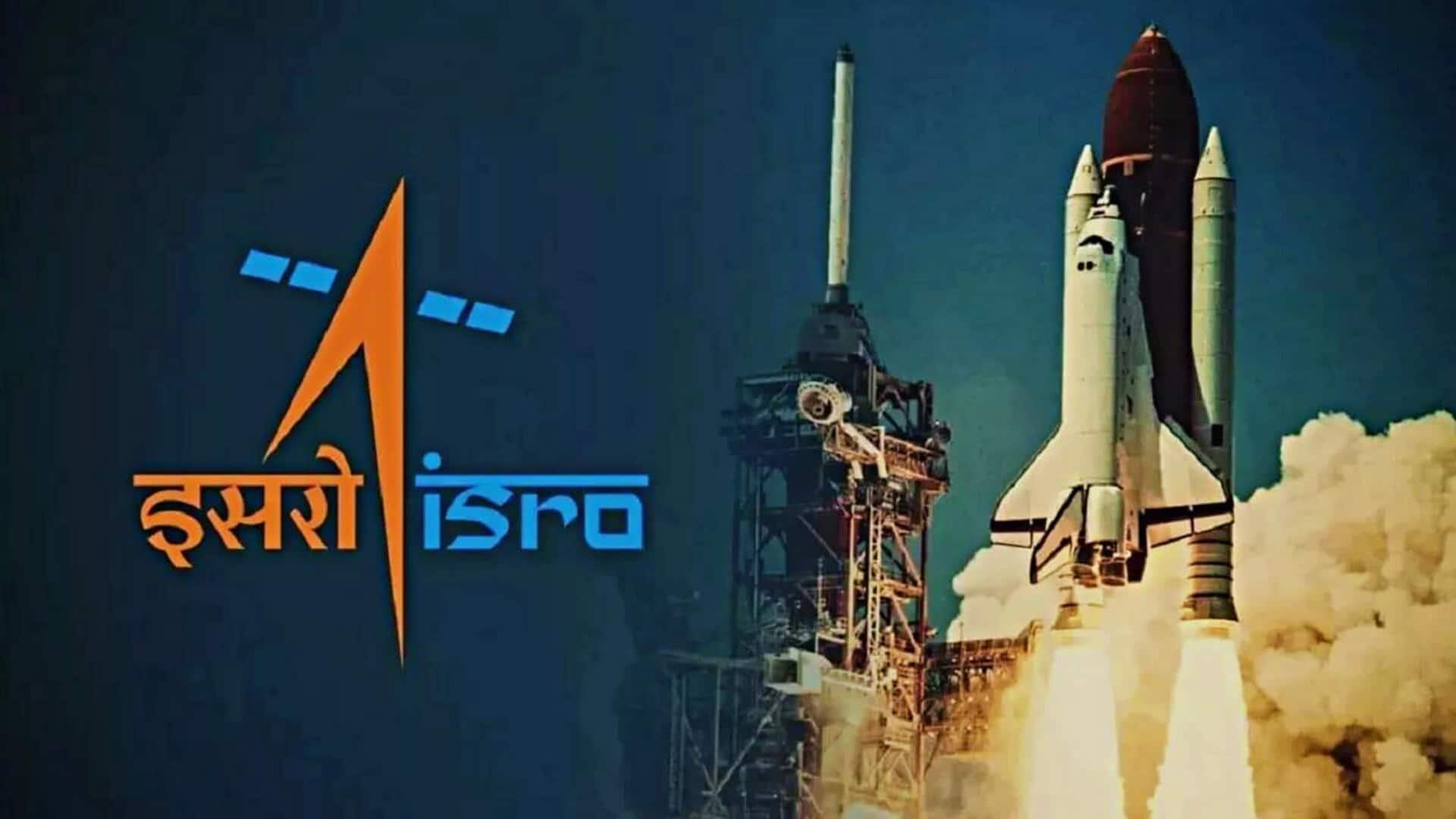
ISRO's Venus mission set for 2028 launch: Objectives of Shukrayaan-1
What's the story
The Indian Space Research Organisation (ISRO) is preparing for its inaugural mission to Venus, with the Venus Orbiter Mission (VOM) slated for a March 2028 launch. The spacecraft, named Shukrayaan-1, will take approximately 112 days to reach Earth's enigmatic twin planet. This marks India's first venture into exploring an inner planet of our solar system.
Launch details
ISRO's powerful rocket to propel Shukrayaan-1
ISRO plans to use its powerful LVM-3 (Launch Vehicle Mark 3) rocket to launch Shukrayaan-1 on March 29, 2028. The spacecraft is expected to reach Venus by July 19, 2028. The rocket will place the spacecraft in an Elliptical Parking Orbit (EPO) of 170km x 36,000km, with a specific inclination and Argument of Perigee (AOP).
Scientific objectives
Mission to investigate Venus's atmospheric composition, surface characteristics
The VOM will employ advanced scientific instruments to study various aspects of Venus, including its atmosphere, surface, and geological features. The mission aims to investigate the planet's atmospheric composition and surface characteristics. It will also look for potential volcanic or seismic activity on Venus. The spacecraft will be equipped with state-of-the-art instruments like synthetic aperture radar and infrared and ultraviolet cameras.
Technological tools
Shukrayaan-1 to carry suite of scientific instruments
Shukrayaan-1 will carry a suite of scientific instruments, including VSAR (Venus S-Band Synthetic Aperture Radar), VSEAM (Venus Surface Emissivity and Atmospheric Mapper), VTC (Venus Thermal Camera), VCMC (Venus Cloud Monitoring Camera), LIVE (Lightning Instrument for Venus), VASP (Venus Atmospheric Spectropolarimeter) and SPAV (Solar Occultation Photometry). These tools will help scientists explore Venus's atmosphere, surface, and plasma environment.
International participation
This mission is a global collaborative effort
The VOM is a global collaborative effort, with participation from countries like Russia, Sweden, France, and Germany. The Swedish Institute of Space Physics (IRF) will contribute the Venusian Neutrals Analyzer (VNA) instrument to study interactions between charged particles from the Sun and Venus's atmosphere. The Indian government has approved a budget of ₹1,236 crore (approximately $150 million) for this mission.
Orbital insertion
Shukrayaan-1 to enter orbit via Venus Orbit Injection
After the cruise phase, Shukrayaan-1 will enter a 500km x 60,000km orbit via Venus Orbit Injection (VOI). A process called aerobraking, lasting six to eight months, will gradually reduce the orbit to the target low-altitude science orbit of 200km x 600km. This adjusted orbit will allow high-resolution studies of Venus's surface and atmosphere over a planned mission duration of five years.